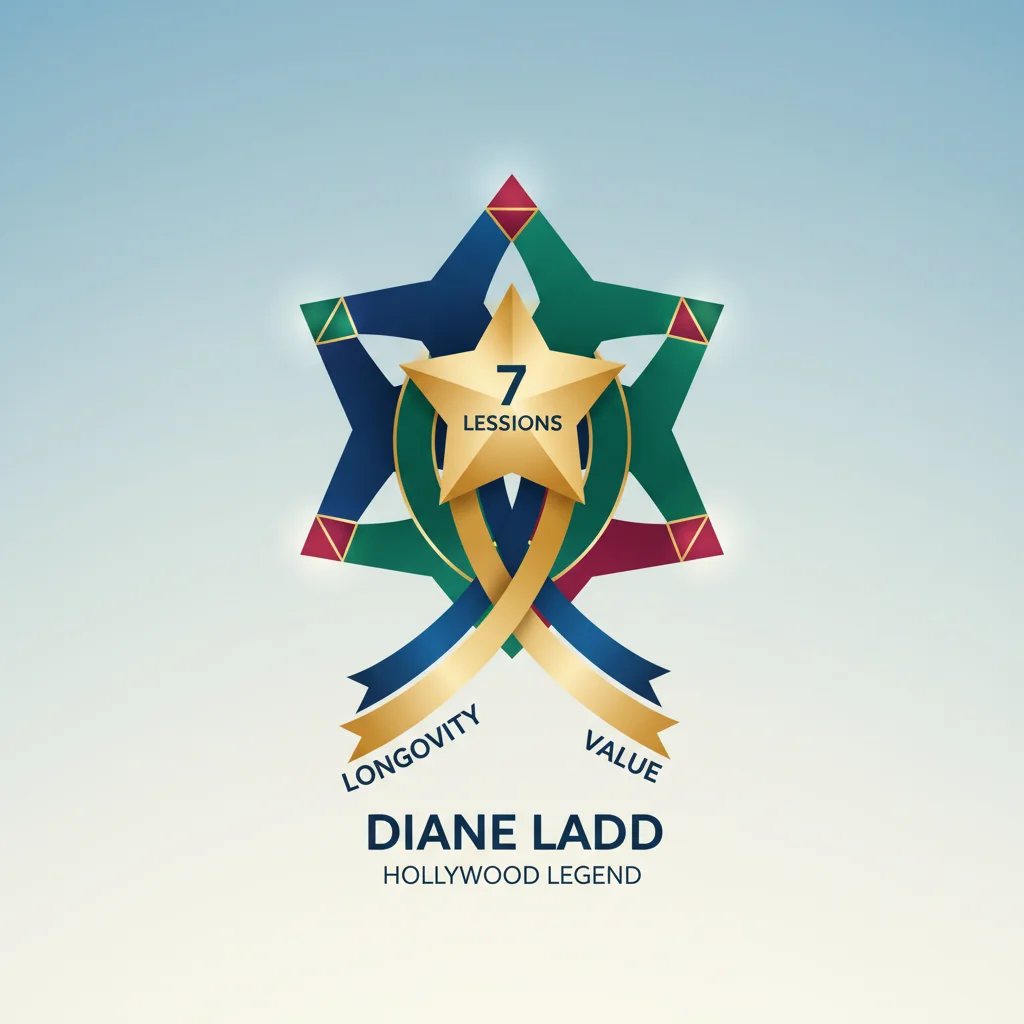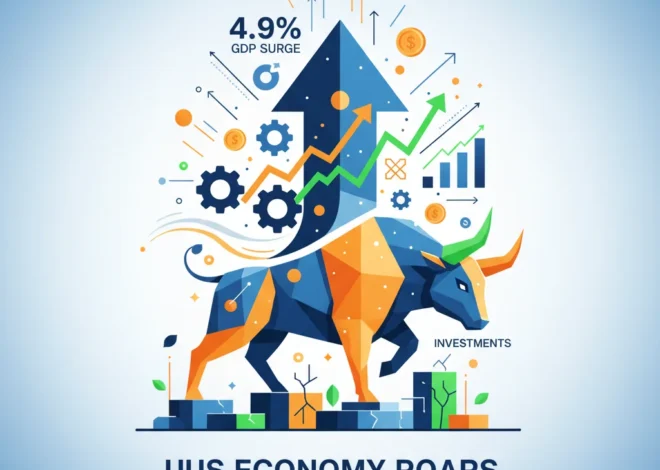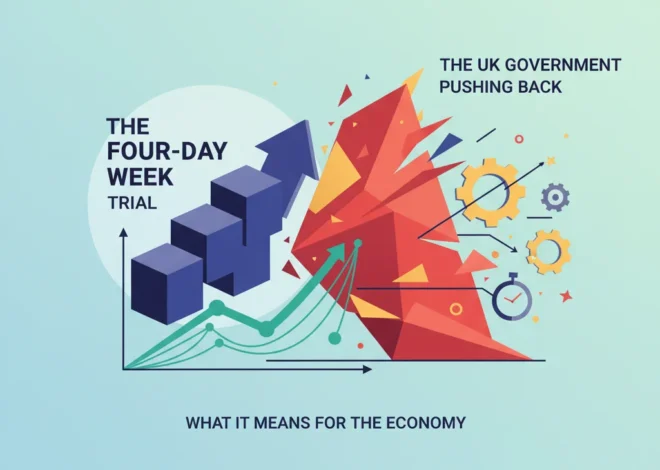
The Diane Ladd Portfolio: 7 Lessons in Longevity and Value from a Hollywood Legend
The world recently marked the passing of Diane Ladd, a formidable actress whose career spanned an incredible seven decades. The Mississippi-born star was a constant presence on our screens, bringing a unique warmth and grounded authenticity to every role she inhabited. While an obituary in the Financial Times might seem like a simple tribute, a deeper look at her professional life reveals a powerful blueprint for success, resilience, and value creation that resonates far beyond the silver screen and deep into the boardrooms and trading floors of the modern economy.
In a world obsessed with fleeting trends, overnight unicorns, and high-frequency trading, Ladd’s career is a masterclass in the enduring power of consistency, adaptability, and long-term vision. Her professional journey offers a compelling, if unconventional, case study for today’s investors, finance professionals, and business leaders. By deconstructing the principles that guided her 70-year tenure, we can uncover timeless lessons applicable to building a robust investment portfolio, a resilient company, and a lasting legacy in an age of unprecedented volatility.
1. The 70-Year Bull Run: Embracing a Long-Term Investment Horizon
Diane Ladd’s career did not begin with a blockbuster IPO. It was built methodically, role by role, decade by decade, from the 1950s to the 2020s. This remarkable longevity is perhaps the most potent lesson for anyone involved in the stock market. In finance, the allure of short-term gains can be intoxicating. The rapid fluctuations of meme stocks and the complex algorithms driving high-frequency trading often obscure a fundamental truth: true wealth is typically built over time, not overnight.
Ladd’s career is the personification of a “buy and hold” strategy. She weathered shifts in cinematic tastes, the rise and fall of studios, and technological revolutions in filmmaking. Similarly, the most successful investors understand that the economy and markets move in cycles. While downturns are inevitable, the long-term trajectory of a well-diversified portfolio has historically been upward. According to data from Hartford Funds, a hypothetical $10,000 investment in the S&P 500 in 1990 would have grown to over $220,000 by 2020, but if an investor missed just the 10 best days in that period, their return would be cut by more than half. Ladd never “cashed out” during a bad review or a box office flop; she stayed in the market, confident in her intrinsic value. This is a powerful reminder that time in the market, not timing the market, is the cornerstone of successful investing.
The 10,000-Step Myth: Are Your Financial Goals Built on a Flawed Foundation?
2. Portfolio Diversification: The Art of Strategic Adaptability
A glance at Diane Ladd’s filmography reveals an astonishing range. She was the foul-mouthed, resilient waitress Flo in Alice Doesn’t Live Here Anymore, the sinister catalyst in David Lynch’s Wild at Heart, and the estranged, new-age mother in the HBO series Enlightened. She navigated gritty dramas, dark comedies, and mainstream blockbusters with equal skill. This was not random; it was a strategic diversification of her professional assets.
In finance, diversification is the practice of spreading investments across various financial instruments, industries, and other categories to reduce risk. Ladd’s career demonstrates the corporate equivalent: the ability to pivot, adapt, and serve different market segments. A company overly reliant on a single product or service is vulnerable to disruption. A business, like an actor, must be able to evolve. Ladd’s adaptability ensured she was always relevant, a lesson for any business leader navigating the disruptive currents of financial technology and global competition.
The table below illustrates how her diverse roles can be viewed through a strategic business lens:
| Film/Show Title | Character Archetype | Business/Investment Analogy |
|---|---|---|
| Chinatown (1974) | Supporting Role in a Blue-Chip Classic | Investing in a stable, high-quality asset that provides consistent, long-term value to a portfolio. |
| Alice Doesn’t Live Here Anymore (1974) | Breakout, High-Impact Performance | A successful venture capital investment in a high-growth startup that yields outsized returns. |
| Wild at Heart (1990) | Bold, High-Risk Artistic Choice | Allocating a small portion of a portfolio to high-risk, high-reward alternative investments. |
| Enlightened (2011-2013) | Adapting to a New Medium (Prestige TV) | A legacy company successfully pivoting to a new digital business model or embracing disruptive fintech solutions. |
3. The Synergy of Collaboration: A Masterclass in Value-Creating Partnerships
Diane Ladd’s collaboration with her daughter, actress Laura Dern, is a legendary part of Hollywood history. They became the first mother-daughter duo to be nominated for Academy Awards for the same film, Rambling Rose (source). This partnership was not just a heartwarming family story; it was a powerful example of synergy, where the combined entity creates more value than the sum of its parts (1+1=3).
In the world of business and economics, this is the holy grail of mergers, acquisitions, and strategic alliances. A successful partnership brings together complementary strengths to create a competitive advantage. Think of the seamless integration of hardware and software in Apple products or the strategic alliance between Spotify and Uber. Ladd and Dern brought their unique talents and shared history to their roles, creating a depth and authenticity that neither could have achieved alone. For business leaders, the lesson is clear: identify partners who don’t just replicate your strengths but complement your weaknesses. This principle is fundamental to everything from co-branding initiatives to major corporate mergers, driving innovation and expanding market reach in ways that are impossible to achieve in isolation.
Navigating the Surge: Is Riding a Bubble Market the Only Move Left for Investors?
4. The Intangible Asset: Quantifying “Warmth” in the Modern Economy
The Financial Times obituary notes that Ladd “brought warmth to characters.” In a corporate context, “warmth” is an intangible asset. It’s brand reputation, customer trust, employee morale, and a positive corporate culture. These are not line items on a balance sheet, but their impact on the bottom line is immense. A company with “warmth” retains top talent, fosters fierce customer loyalty, and can weather public relations crises more effectively than a cold, faceless corporation.
This concept is at the heart of the modern push for ESG (Environmental, Social, and Governance) investing. Investors are increasingly recognizing that a company’s long-term viability is tied to its relationship with its employees, customers, and the community. Technologies like blockchain are even being deployed to enhance transparency and build trust, attempting to codify and verify the very “warmth” and integrity that stakeholders demand. In an era of digital anonymity and automated banking, the companies that succeed will be those that, like Diane Ladd, manage to project a genuine, human connection.
5. Resilience in Volatility: Learning from the “Near Misses”
Despite three Academy Award nominations, Diane Ladd never took home an Oscar. In the cutthroat world of investing, these might be seen as failures—the big deal that fell through, the stock that nearly broke out but didn’t. However, a more sophisticated perspective sees this as a testament to sustained excellence and resilience. Being consistently in the running, performing at the highest level year after year, is a victory in itself. It demonstrates a process and a quality standard that will inevitably lead to success, even if it doesn’t always result in the top prize.
This is a crucial lesson for navigating market volatility. Not every investment will be a ten-bagger. Not every strategic initiative will capture 100% of its target market. The key is to have a sound process, to learn from the near misses, and to maintain the resilience to stay in the game. Ladd’s career shows that legacy isn’t defined by a single win, but by a lifetime of high-quality, impactful work.
The Chip War's New Front: Why China's Olive Branch to Europe Could Reshape Global Markets
Ultimately, the career of Diane Ladd serves as a powerful allegory for the principles that underpin all successful, long-term value creation. Her work reminds us that in finance, as in film, substance outlasts hype. Consistency trumps speculation. And adaptability is the key to enduring relevance. As we navigate a complex global economy increasingly dominated by algorithms and automation, the most enduring lessons may just come from the most human of stories—a story of talent, tenacity, and the quiet, compounding interest of a life well-lived and a career masterfully built.


